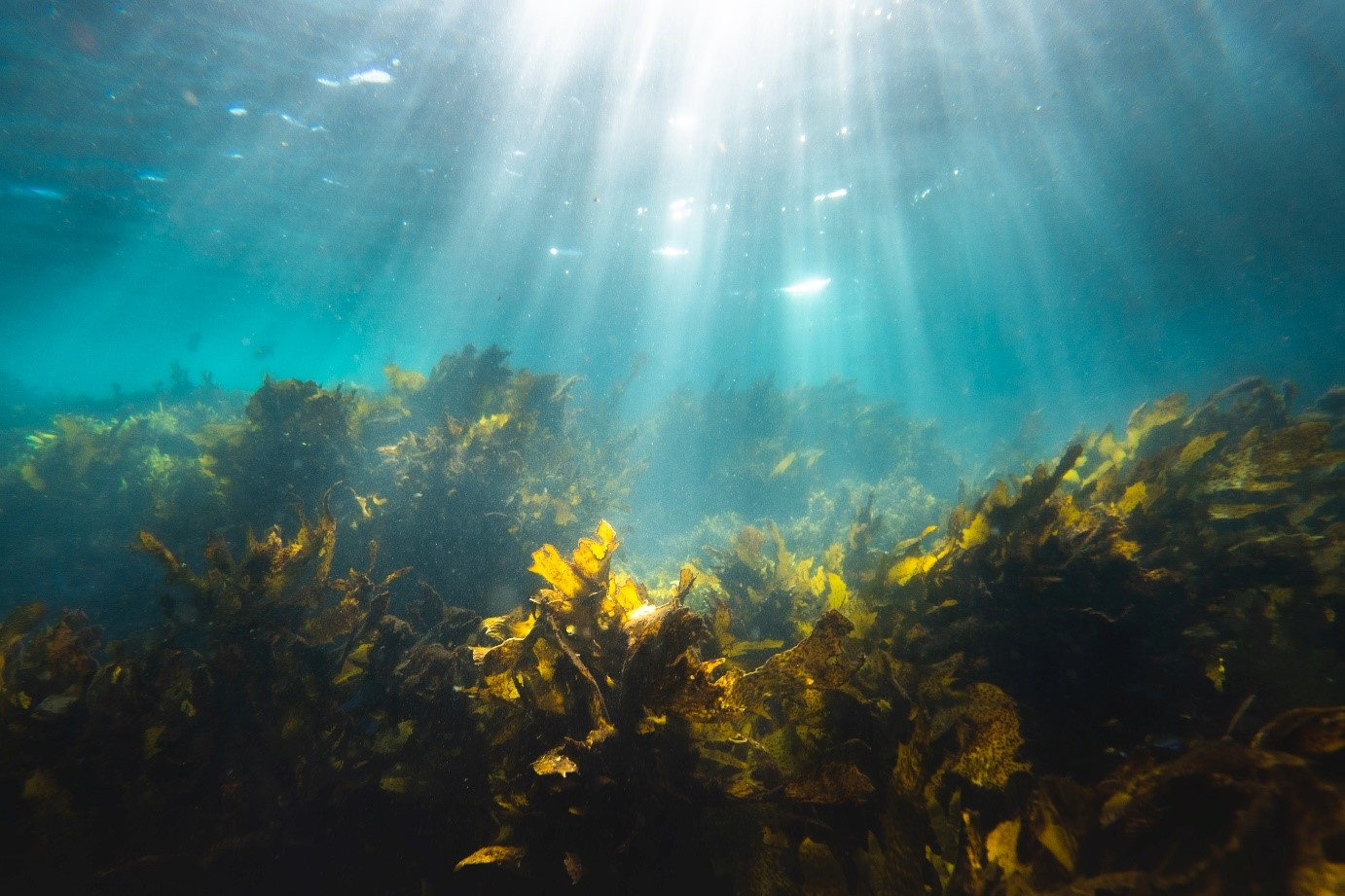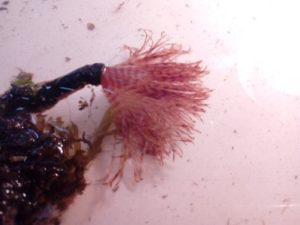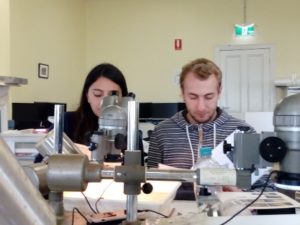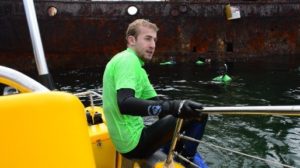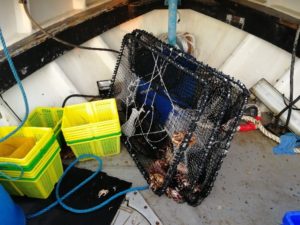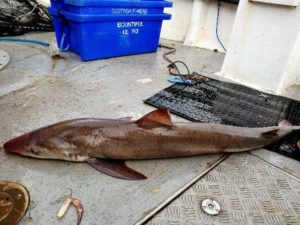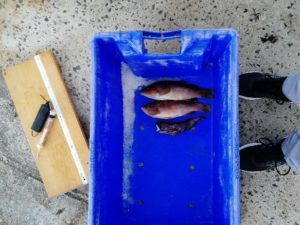Hello,
My name is Anton and I’ll be starting as a QUADRAT dtp PhD candidate in the School of Biological Sciences, University of Aberdeen this October. The title of my project is “Is macroalgal carbon sequestration the ’elephant in the Blue Carbon room’ ?”
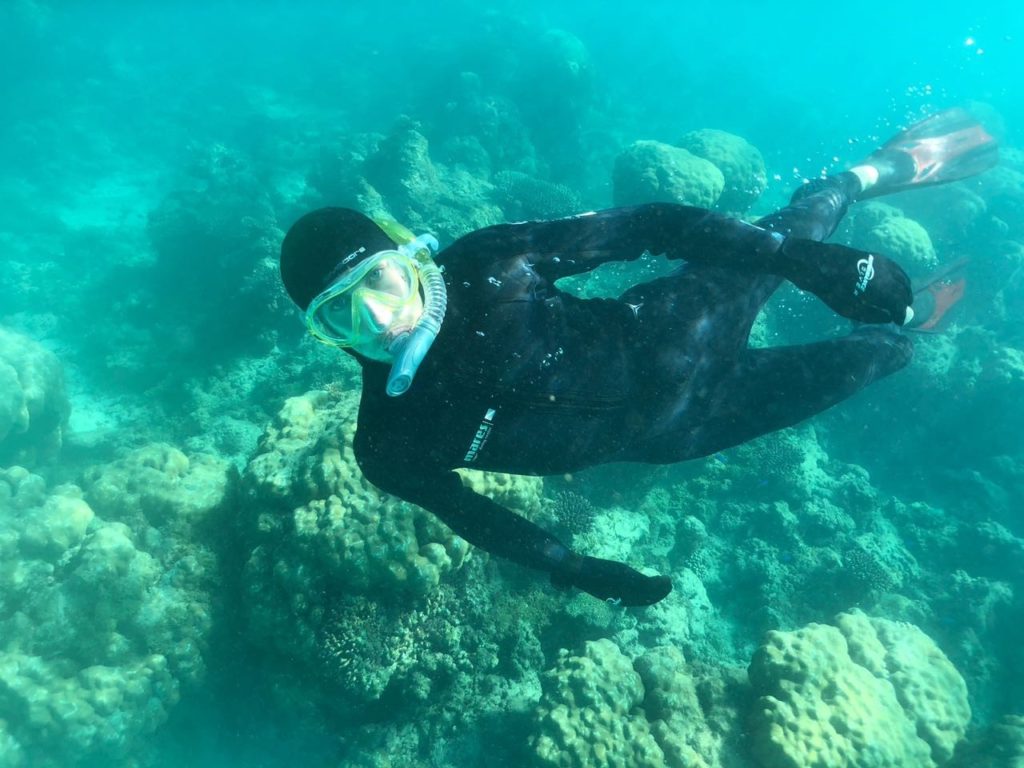
In brief, I’ll be quantifying long-term carbon sequestration by macroalgae in deep-sea fjord habitats as well as macroalgal contribution to the benthos as a food source. In other words, I want to find out how much macroalgae is transported to deep-sea habitats and of the macroalgal carbon arriving there, quantify the amount that is stored long-term in the sediment (i.e. sequestered and therefore classified as blue carbon) and/or recycled by the benthos. Experimental work will include analysing ROV video and/or image material, developing novel isotope tracing experiments and analysing benthic stable isotopes. Macroalgae species of interest are the common brown kelp (Laminaria digitata) and possibly site-specific red algae (e.g. Phycodrys rubens).

Ever since I was introduced to the world of science and research during an internship at the Helmholtz-Centre For Environmental Research (Magdeburg, Germany), I have been passionate about pursuing a postgraduate research degree. Interestingly enough, my time at the UFZ was solely based on freshwater science and did not include any marine element, however, the brilliant researchers at the institute opened my eyes to the importance and fascination of being able to advance the knowledge in a field of science.
The other three defining experiences leading to my application and acceptance of my QUADRAT studentship are:
- A research project looking at the spatial distribution of invasive marine invertebrates at Princess Royal Harbour, Australia (performed during my semester abroad at the University of Western Australia).
- A research internship position on the Western Isles investigating the use of fish traps for small inshore fisheries.
- My honours project examining the influence of sea ice cover on benthic community and trophic structure by analysing samples collected in the Weddell Sea, Antarctica.
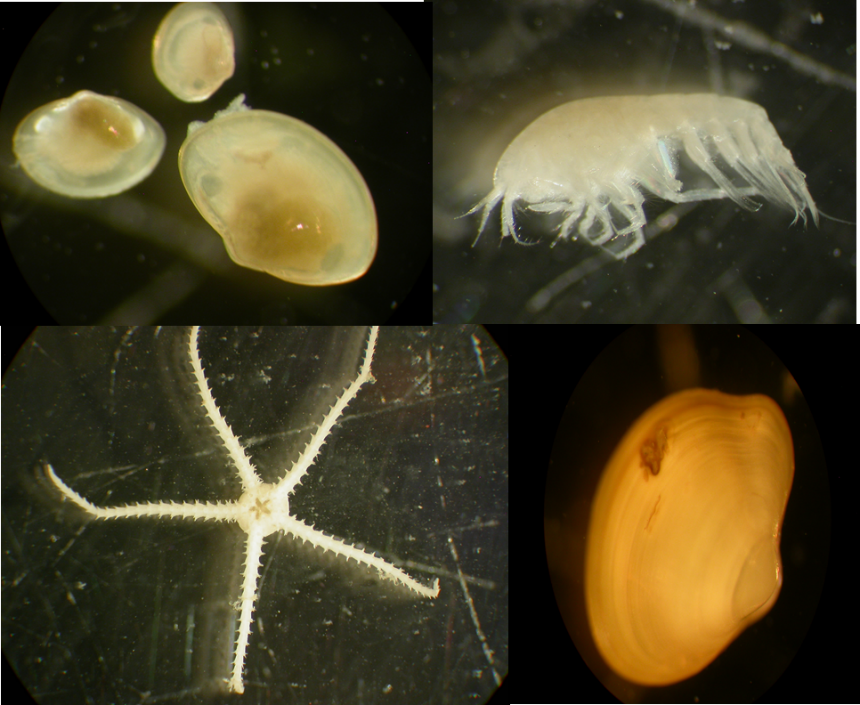
I have kept this passion for research and curiosity alive during my honours degree at the University of Aberdeen and chose to apply for a range of PhD projects upon graduating with a First classification in BSc (Hons) Marine Biology. There are multiple reasons why I chose to accept the QUADRAT dtp project. First, the project addresses a major knowledge-gap in Blue Carbon science and is very relevant in terms of climate change and managing ocean habitats. In addition, the research group I am about to join as a PhD candidate has a superb track record in innovation, such as developing novel stable isotope tracing experiments, an aspect also incorporated into my project. Finally, the QUADRAT dtp provides a familiar setting of a tight-knit cohort, with brilliant field trips, training courses and support offered. For the above-mentioned reasons I chose to accept my place as a QUADRAT student.
Besides advancing the field of science in my research area and providing an answer to whether macroalgae really is the ’elephant in the Blue Carbon room’, I would like to further the pathways of impact that are connected to this PhD. In a world of rising CO2 levels effective management of ocean resources and understanding the importance of Blue Carbon habitats are indispensable. The possibly significant marine services provided by macroalgae have the potential of redefining global biogeochemical cycles. Therefore, rapid translation into policy and sharing results with wider audiences will play a critical role during my PhD position.
